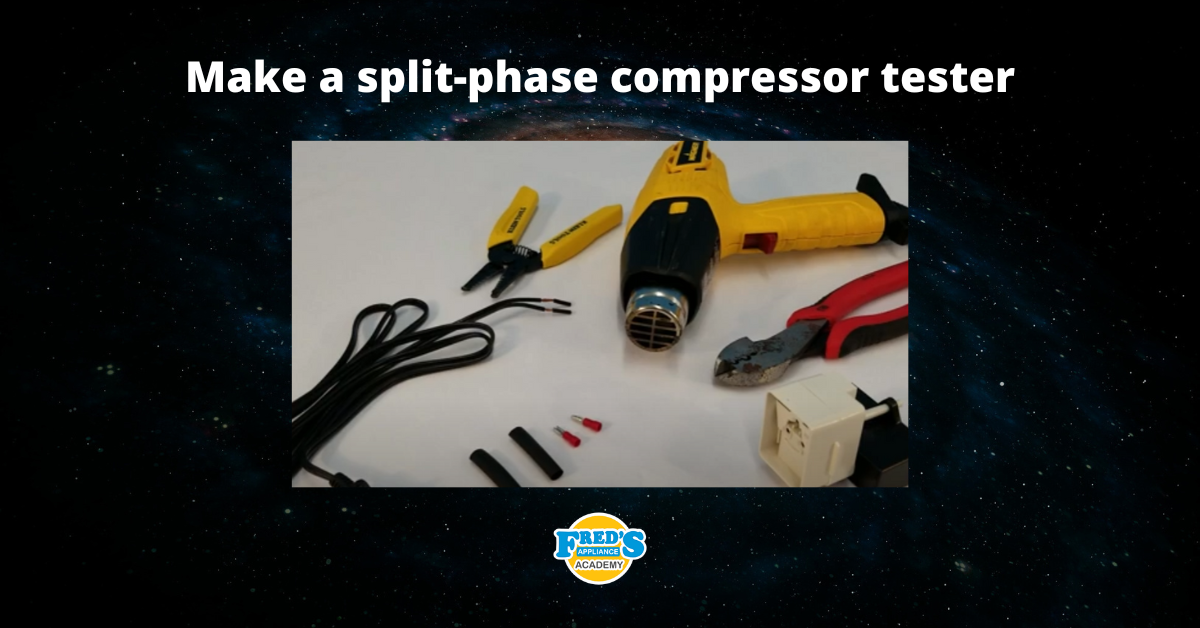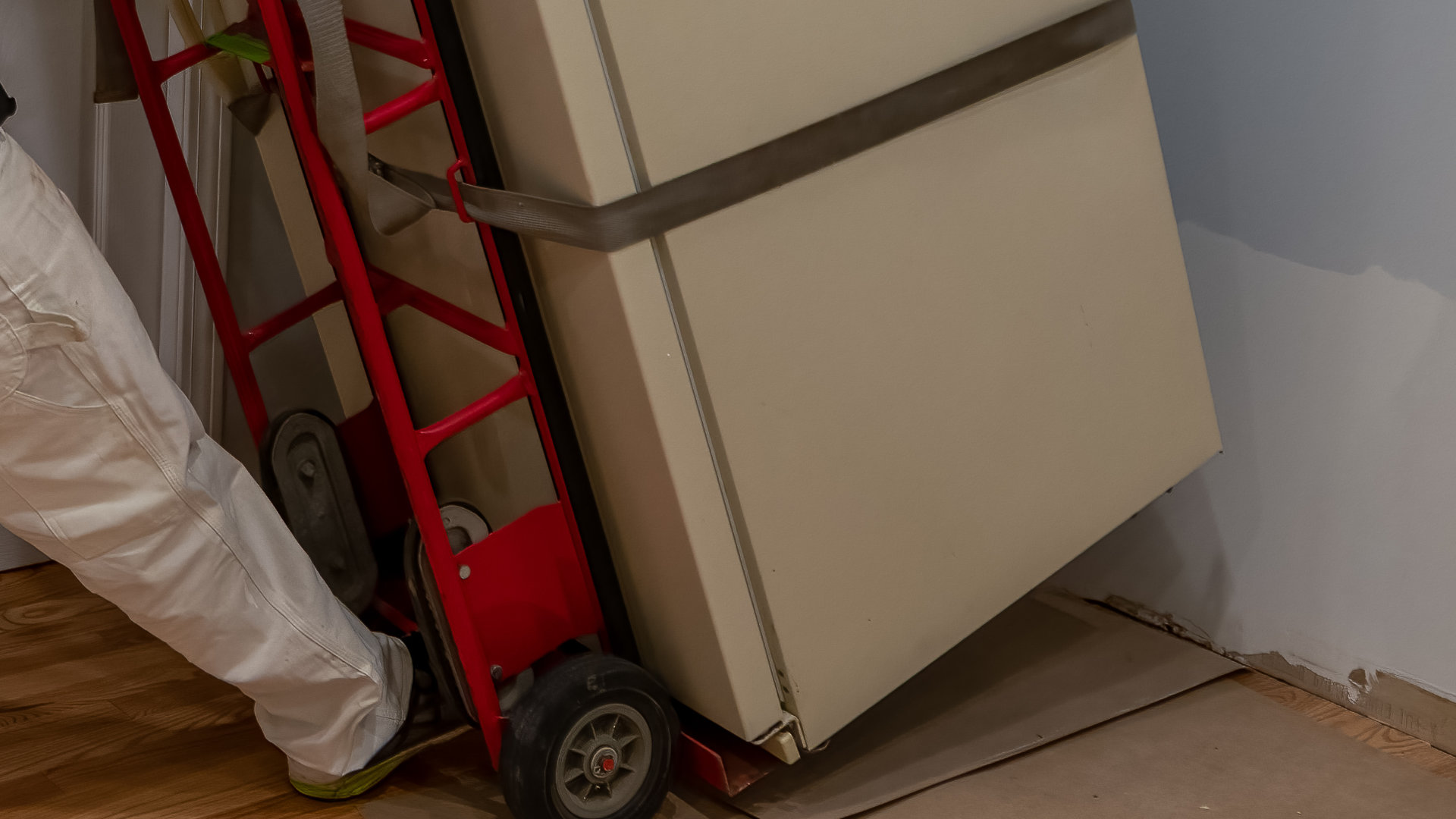
It’s entirely normal for there to be some condensation inside a refrigerator; however, a properly functioning fridge should be able to manage this condensation effectively so it doesn’t become a problem.
If you’re finding excess water inside your refrigerator that’s either dripping or pooling, it suggests that something somewhere is going wrong. Now, this could be because there’s an issue with the appliance itself OR how it’s being used.
This article will help you troubleshoot the issue of water dripping inside your fridge, offering straightforward advice and easy-to-follow tips. You’ll be glad to hear that because most of the time, water buildup inside a refrigerator is usually not a sign of a serious problem.
You can often resolve this issue yourself with some simple DIY fixes. Read on to find out how.
1. Is the Drainage Hole Clogged?
The most common cause of water dripping and pooling inside a fridge is a clogged drainage hole, also known as the defrost drain. The defrost drain is a small hole inside your fridge, usually located at the bottom near the back wall, where condensation is channeled, allowing it to drain away.
You can usually easily access it without having to disassemble anything, but you may need to take out some food items or drawers in the fridge. Sometimes, the defrost drain can get clogged with food particles, debris, or ice and needs unblocking.
Here’s how you can unclog the drainage hole:
- Locate the drainage hole, removing any food items, shelves, or drawers you need to gain access.
- Inspect the drainage hole for puddling, either near or below it.
- Unplug the refrigerator for safety.
- See if your drainage hole already has a drain hole plunger. It’s usually a small, thin piece of plastic or metal, a few inches long, that sits inside the drainage hole. If so, use it to plunge in and out of the hole, hopefully unblocking it.
- If your fridge doesn’t have a plunger, or it’s not long enough to unclog it fully, you can use a plastic straw, cable tie, or cotton bud instead.
- Next, pour some warm water down the drainage hole to flush away any remaining debris and check that it’s now draining.
- Once draining freely, wipe up any remaining water or mess in the fridge and put the food items and drawers back in.
- Monitor your fridge to see if the water dripping issue is now resolved; if not, move on to the next tip.
2. Is the Door Damaged or Being Left Open?
Is your fridge door frequently opened or left open for long periods? If so, it can allow warm air to enter the fridge, leading to excess humidity and condensation, which can cause water to accumulate inside.
Likewise, if your fridge door is damaged, specifically the seal or gasket, it can have the same result, as it allows warm air and moisture inside.
Not only can these things cause the water dripping issue, but they can also force your refrigerator to overwork to maintain the correct temperature. This can lead to more severe issues for your appliance if left unfixed.
You can check and fix the door seal by:
- Open the fridge door and inspect the seal all the way around for any signs of damage, such as cracking, tears, etc.
- You can also try the “Dollar Bill Test.” This involves placing a bill half in and half out of the fridge and shutting the door. Then, pull on the bill gently to see if there is any resistance. If the bill comes out easily, the seal is broken. Repeat this test at several points around the door.
- If the seal is damaged or inadequate, you’ll need to replace it with a new one suitable for your specific fridge model. You can do this yourself or call in a technician to help.
Finally, once you have a proper seal, remind yourself and others not to open the fridge too often or leave it open for long periods if you believe this has been happening in the past.
3. Are Food Items Causing the Issue?
The food items we store inside our fridge can sometimes be the cause of excess moisture. For instance, torn cartons, bottles with loose tops, or tubs with insecure lids can let the contents seep out.
Therefore, it’s worth unloading the fridge and inspecting each item for leakages.
Also, be aware that regularly putting hot foods inside can cause the fridge’s temperature to fluctuate, resulting in excess condensation and, eventually, water dripping and pooling on its shelves.
Always let food cool down adequately before storing it in the fridge to avoid this problem.
4. Is the Fridge Level?
If your refrigerator isn’t sitting level, condensation may not be able to drain away properly, leading to pooling in whichever direction the appliance is tilting.
To correct this, place a spirit level on top of the fridge, then check its level both from side to side and front to back. If the spirit bubble shows it’s unlevel, adjust the legs underneath the fridge by turning them with a wrench, raising or lowering each corner until the unit is sitting flush.
5. Is There an Issue With the Water Supply Line?
If your fridge has a built-in water dispenser or ice maker, its internal water supply line can sometimes cause a leak inside. To check if that’s the case, follow these steps:
- Turn off the power to your fridge and cut off the water supply.
- Locate the internal water supply line with the help of your user manual. It’s typically at the back of the fridge, but you may need to remove panels inside or on the back of the unit to access it.
- Inspect the water line and its connection points at both ends for damage, such as kinks and cracks.
- Run a paper towel along the line and over the connection points to check for wetness.
- If the line or connection points are damaged or leaking, they’ll likely need replacing.
- You can also try disconnecting the internal water line, running warm water through it to clear any ice or other blockages, and then reconnecting to see if this resolves the issue.
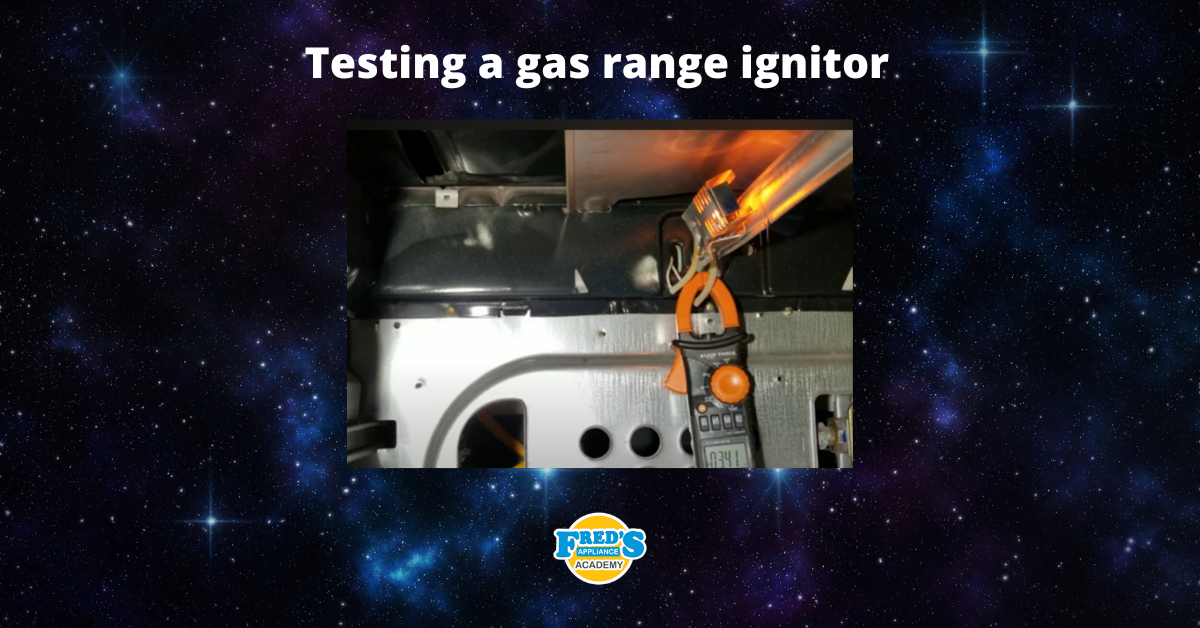
How to test a gas range ignitor

Congrats to our graduating March 2024 class
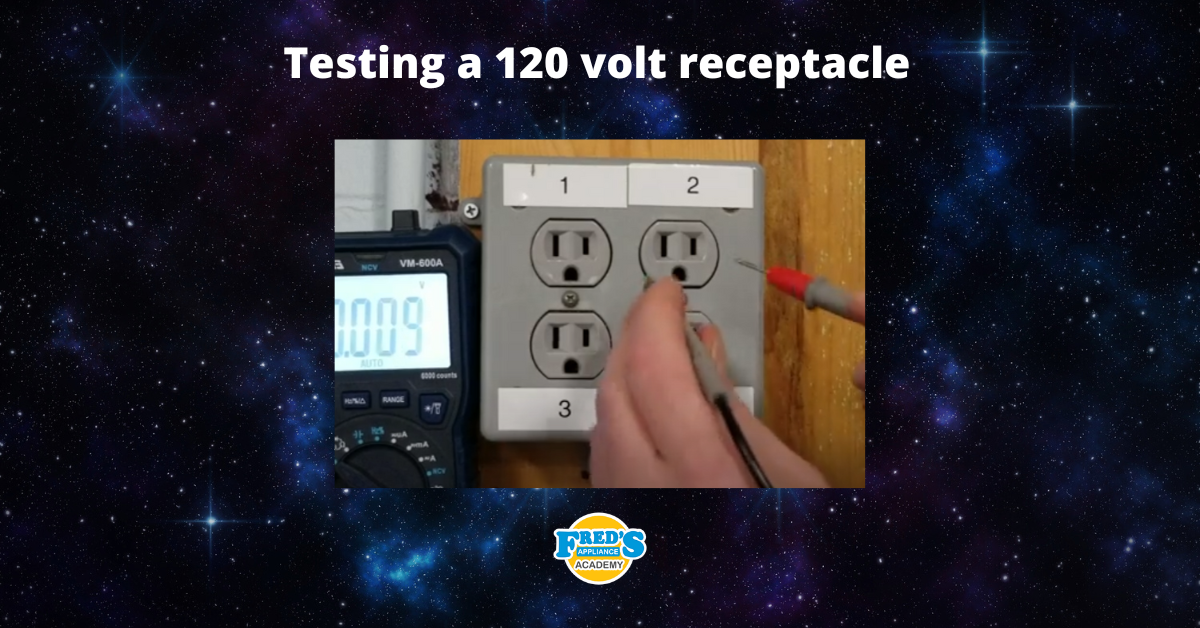
How to test a 120 volt receptacle

Congrats to our graduating February 2024 class
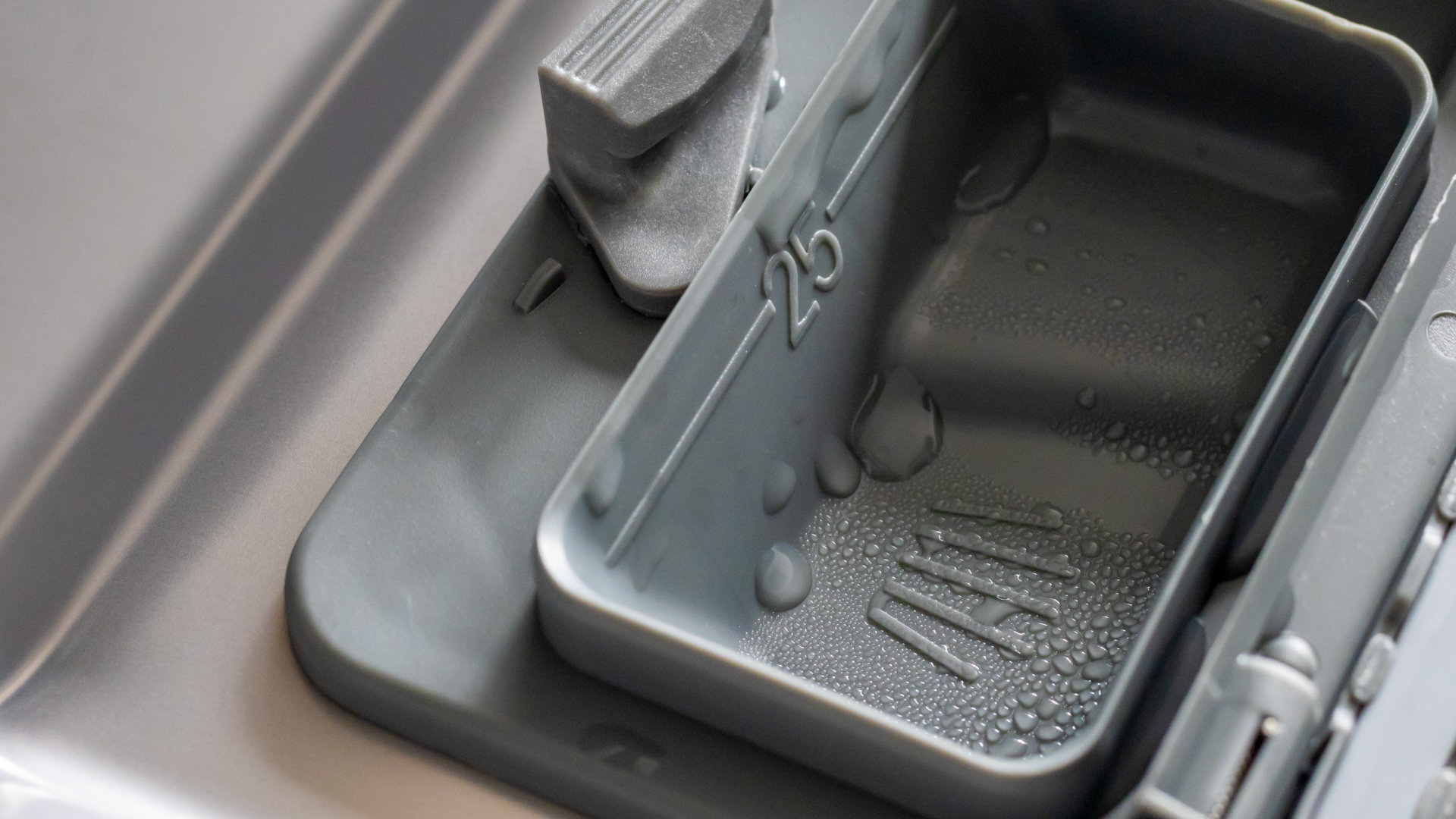
Why Is Your Dishwasher Soap Not Dissolving? (5 Easy Fixes)

Refrigerator Dripping Water Inside? 5 Quick Fixes
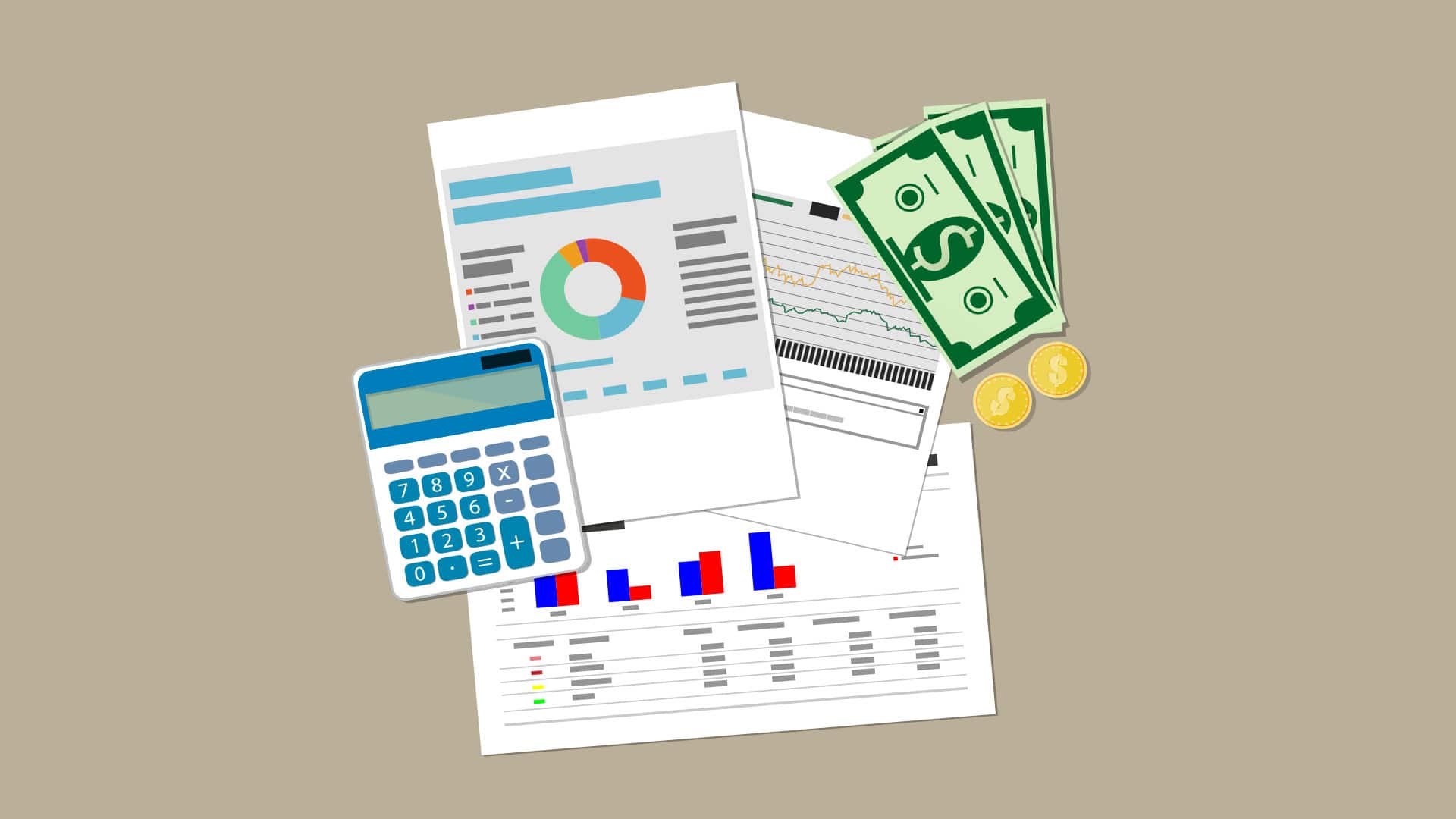
Appliance Industry 2023 Q4 Results

Congrats to our graduating January 2024 class
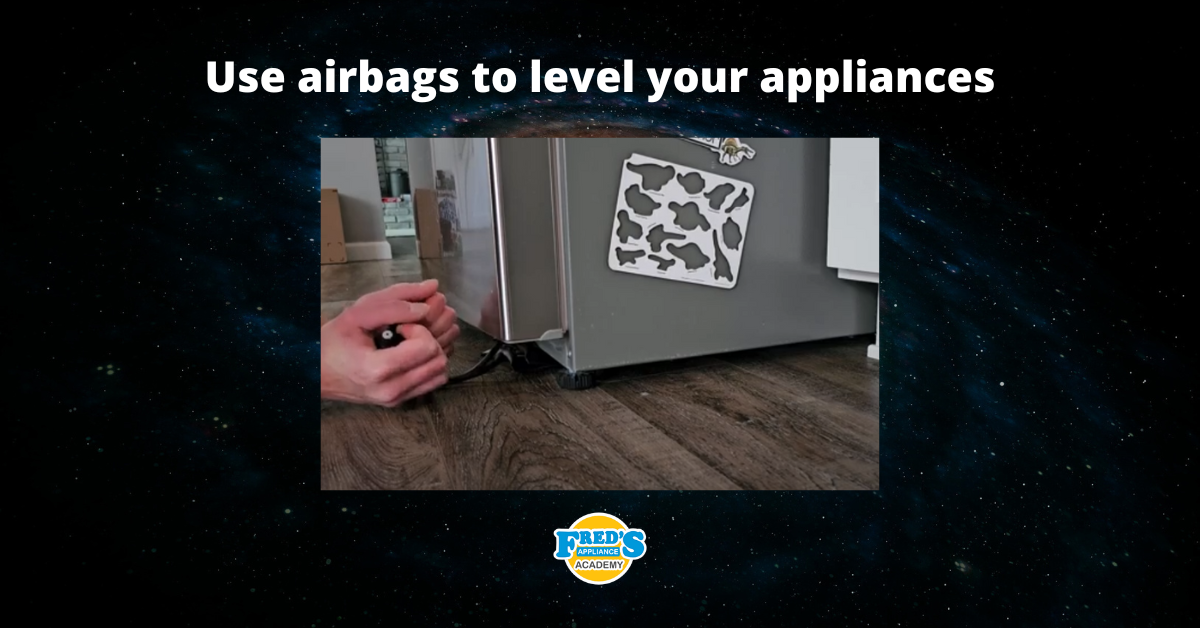
Clever ways to use airbags to level your appliances
